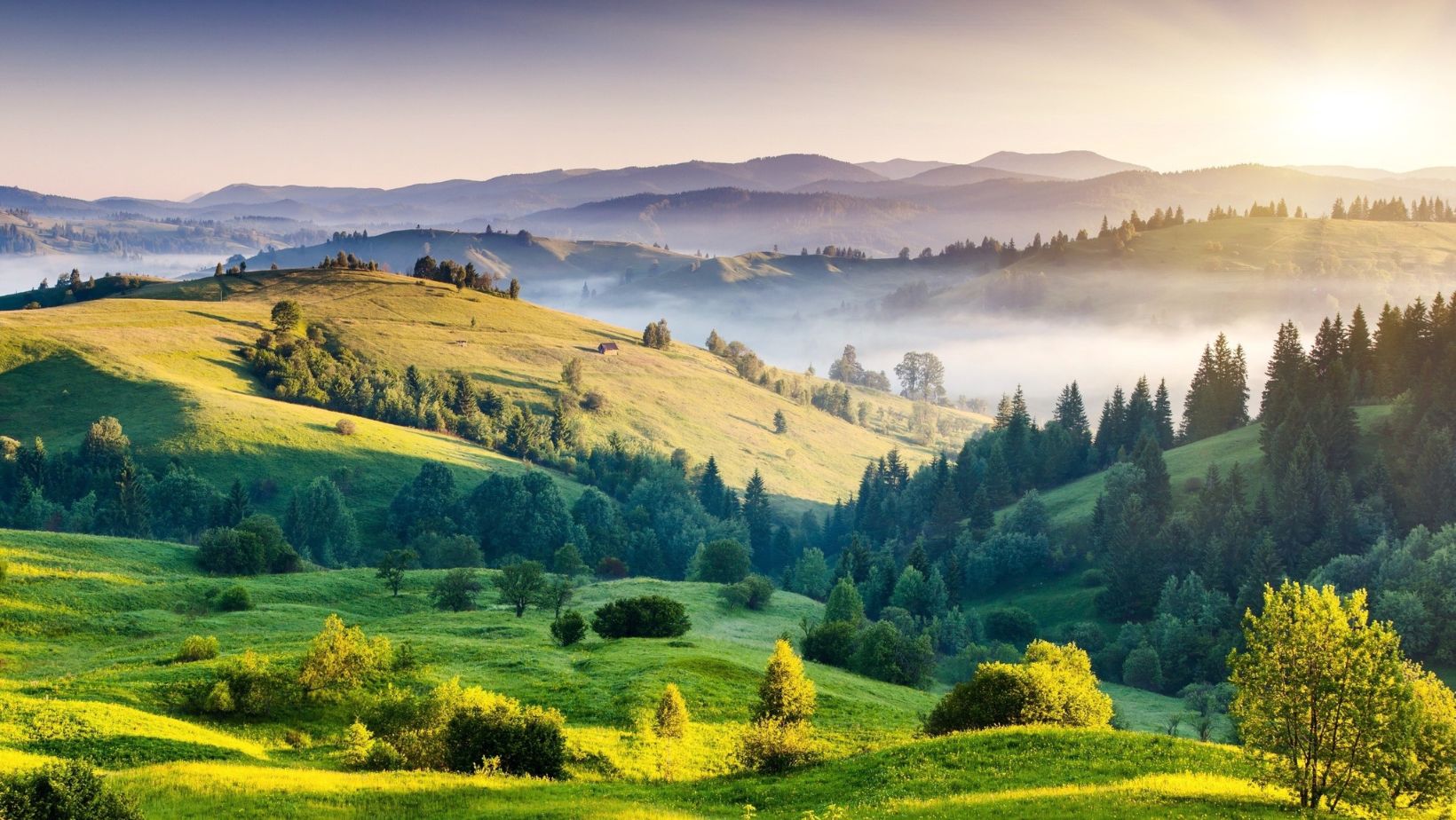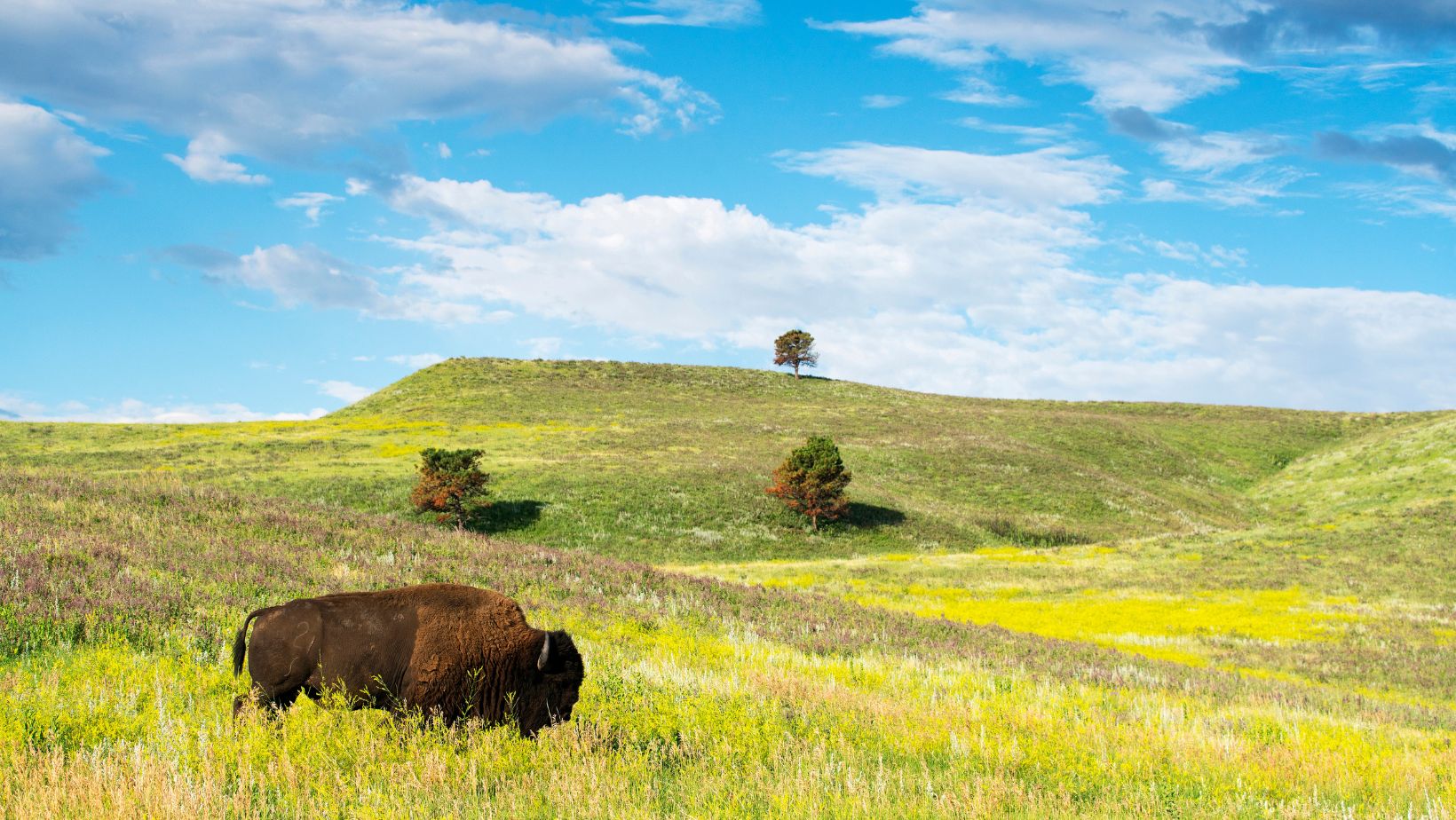For most travelers heading to South Dakota, the trip begins with one goal: seeing Mount Rushmore. It’s a national icon, etched into American culture as deeply as it’s carved into granite. While the monument is awe-inspiring, the surrounding Black Hills are what truly steal the show. In fact, many visitors quickly realize there’s an entire world of things to do near Mount Rushmore that might just outshine the main attraction. If this got you curious, here’s what you should know next.
The Monument—Majestic, But Just the Beginning
Mount Rushmore, without a doubt, deserves its fame. Its craftsmanship, rich history, and sheer scale linger long after you’ve walked away. Four faces— George Washington, Thomas Jefferson, Theodore Roosevelt, and Abraham Lincoln—peer out over the forest, representing ideals of leadership and vision.
Grand as it is, the monument passes in a moment for most who come. An hour or two can be enough to take in the views, walk the Presidential Trail, and watch informative films. Beyond that, the real adventure begins—close enough to touch, impossible to forget.
The Black Hills—South Dakota’s True Crown Jewel
The Black Hills National Forest stretches for over a million acres of rugged beauty, where rolling hills give way to granite spires, quiet lakes reflect the sky, and winding scenic roads lead you through it all. This is where South Dakota unveils its magic—a mix of natural wonder, history, and small-town charm that demands more than a quick look.
It’s no exaggeration to say that travelers who only see Mount Rushmore miss the essence of the region. The Black Hills have a way of turning a planned day trip into a multi-day escape.
Unmissable Attractions in the Black Hills
Custer State Park & Wildlife Loop Road
It’s easily one of the top wildlife-viewing spots in the United States. The 18-mile loop offers close encounters with bison herds, graceful elk, pronghorn antelope, and the famously friendly “begging burros.” The park’s mix of open prairie and forested hills makes it a photographer’s dream.
Needles Highway & Iron Mountain Road
These drives are not just “pretty”—they’re jaw-dropping. Hairpin turns, rock tunnels framing Mount Rushmore, and needle-like granite formations make them some of the most scenic roads in America. Every mile feels like a postcard.
Spearfish Canyon Scenic Byway
A 19-mile masterpiece of nature. Limestone cliffs tower overhead while waterfalls spill into the canyon below. In autumn, the foliage transforms the route into a golden corridor.
Black Elk Peak
At 7,244 feet, this is the highest point in South Dakota. The hike to the summit is moderately challenging, but the reward—360-degree views from a historic stone fire tower—feels like standing on top of the world.
Wind Cave & Jewel Cave National Parks
Above ground, the Black Hills are stunning; below ground, the caves are extraordinary. Wind Cave’s rare boxwork formations are unlike anything else, while Jewel Cave is among the world’s longest cave systems.
Crazy Horse Memorial
Monumental in both size and meaning, this ongoing carving project honors the Lakota leader Crazy Horse. It’s a powerful counterpoint to Mount Rushmore, offering insight into Native American history and resilience.
Badlands National Park & Wall Drug
A bit farther east, the Badlands deliver surreal, otherworldly landscapes of layered rock and open prairie. On the way, Wall Drug provides a delightfully kitschy stop, complete with free ice water and old Western flair.
Why Travelers Keep Coming Back
The Black Hills aren’t just a pretty backdrop for Mount Rushmore—they’re the kind of place that could headline the show if granite presidents weren’t hogging it. Frankly, Needles Highway and Iron Mountain Road might just be two of the most jaw-dropping drives in the country, outshining plenty of so-called ‘scenic routes’ elsewhere. Custer State Park doesn’t just offer wildlife sightings—it delivers full-blown, documentary-worthy encounters you’ll brag about for years. And the small towns—Keystone, Hill City, and Custer—have more personality in a single block than some big cities, with their cozy diners, charming art galleries, and history museums that make you actually want to read the placards.
The region doesn’t just work year-round; it thrives. Summer practically begs you to hit the trails and dive into its lakes. Autumn paints the hills in fiery hues. And winter wraps the whole place in a peaceful, snow-dusted charm that makes you wonder why more people don’t visit then.
For those who think a trip here means “check off the monument and leave,” it’s worth reconsidering. The Black Hills make the case for slowing down and soaking it all in.
Tips for Making the Most of the Trip
- Plan your itinerary and add more time than you think you’ll need. One day at Mount Rushmore is plenty, but the Black Hills deserve at least three.
- Visit in spring or fall for fewer crowds and equally stunning scenery.
- Mix planned stops with spontaneous detours—some of the best finds are waterfalls, scenic overlooks, or quirky roadside attractions you didn’t expect.
Final Verdict
Mount Rushmore’s the star, but the Black Hills are where the magic’s at. They combine history, wilderness, and small-town America into one unforgettable destination. Look past the chiseled faces, and you’ll find a land that breathes deeper, runs wilder, and lingers in the soul long after Mount Rushmore fades from memory.
Bob Duncan is the lead writer and partner on ConversationsWithBianca.com. A passionate parent, he’s always excited to dive into the conversation about anything from parenting, food & drink, travel, to gifts & more!


